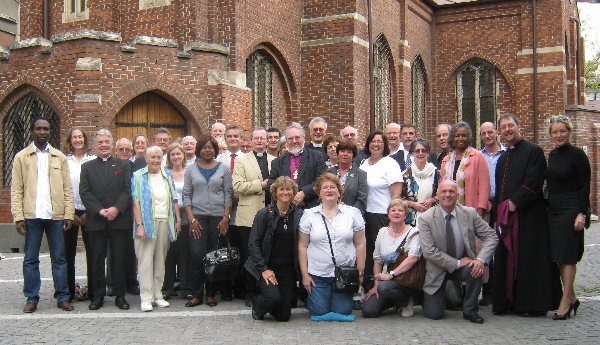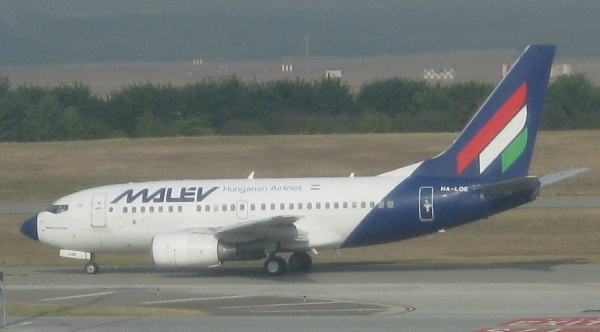
I am just back from attending our annual Eastern Archdeaconry Synod meeting. Unusually this year, instead of being hosted by one of the Chaplaincies in our Archdeaconry, it was held in St. Columba’s Retreat and Conference Centre in Woking, Surrey, England. And whilst the Conference Centre was an excellent venue, it did feature one aspect of British life that I find irritating and absurd – an increasing profusion of unnecessary notices.
This first photograph illustrates what is probably the best, or worst 🙁 , example of what I am talking about. Yes – there is a kettle or electric jug for boiling water, to allow guests to make themselves a hot drink, either first thing in the morning or late in the evening. As it is there to provide hot water, do we really need to be told that it just might be hot? Do the management of the centre really believe that every guest they have, is as thick as two short planks?

The second example is hardly any better. Yes – it is a door. But I open and shut many doors, virtually every day of my life, as I suspect all other guests do to. Why do we all need to be told to ‘take care’?

This third example might have a little more justification, were the stairs to begin immediately beyond the door. But they don’t! They begin at least three paces later. And bearing in mind that this door obviously leads to the way from the first to the ground floor, most people with a few grams of common sense, would realise that to do so, there would be stairs.
There is a reason for the proliferation of all these totally unnecessary notices. It is the growth of a culture that actively encourages each and every person to believe that there must be someone to blame for anything adverse that ever happens in your life. No longer is even the slightest misfortune, just ‘one of those things that happens’, let alone actually being your own mistake. No – somebody else, human or corporate, is to blame!
Parallel to the growth of this culture of blame, has arisen a whole group of lawyers who offer to sue on your behalf, anyone or anything that can be remotely held responsible for even the most minor accident or injury, on a ‘no-win, no-fee’ basis. It is a case of ‘chicken and egg’ as to which came first – the culture or the lawyers. But both are now firmly embedded in British society, as they have been for far longer, in the USA.
To cover the risk of being sued for negligence, insurance is available. But because of the rise of spurious claims for damages, such as being burnt by a kettle because the complainant did not realise it was hot, insurance premiums have risen rapidly, with the cost being passed on to the consumer – in my example, the person like me, staying in the conference centre. These totally unnecessary notices, are insurance companies trying to cover themselves against future spurious claims.
I would hope that a Retreat and Conference Centre, run by a Christian charitable organisation, would be immune from the possibility of being sued for negligence by guests, past, present or future. But clearly, the management and their insurers, think otherwise. Hence all these unnecessary, and frankly absurd, notices.
Whilst here in the Czech Republic, there could be greater attention paid to certain aspects of health and safety, overall I am very glad that there is the presumption that citizens will use their God-given common sense. That if there is a hole in the pavement, people will just walk around it – not sue the local authority for failing to put up a two metre high fence to prevent someone falling in! Long may the ‘blame culture’ of the UK and USA, with the associated proliferation of silly notices, stay clear of the Czech Republic.
PS A post about the 2013 Eastern Archdeaconry Synod itself, will appear here in the next couple of days!

































